Back pain is one of the most common ailments affecting people worldwide, and among the many potential causes, disc herniation and disc bulge are frequently responsible. These two terms—often used interchangeably—can lead to significant discomfort and interfere with daily life. Understanding the differences between a herniated disc and a bulging disc, as well as recognizing the symptoms and seeking effective treatments, is essential for managing this condition and improving quality of life.
What is a Disc Herniation or Disc Bulge?
A disc herniation (also known as a slipped or prolapsed disc) occurs when the disc, a jelly-like structure between the vertebrae of your spine, becomes damaged. The disc is made up of two parts: the outer layer (the annulus fibrosus) and the inner, gel-like substance (the nucleus pulposus). In the case of a herniated disc, the outer layer tears or ruptures, allowing the inner material to leak out.
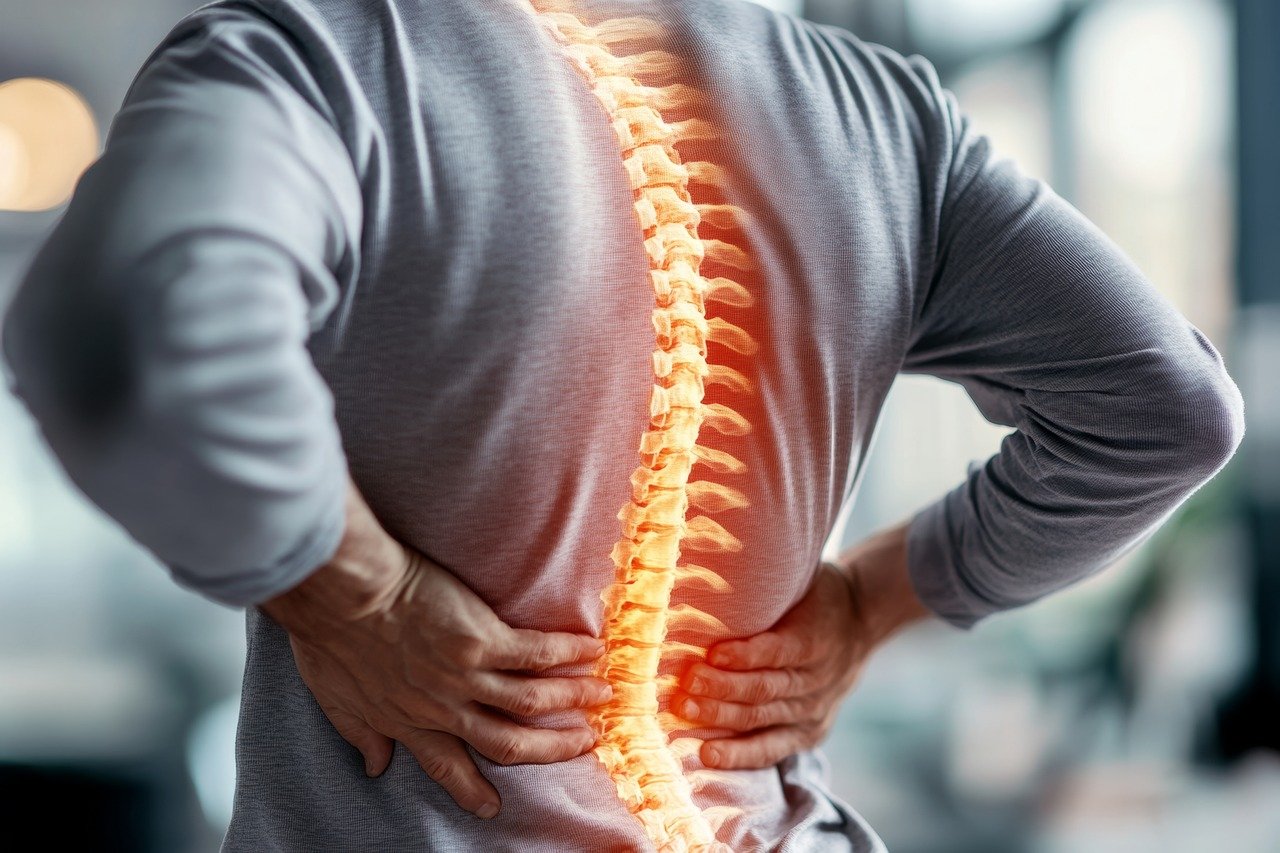
This ruptured material can then irritate nearby nerve roots, leading to symptoms ranging from mild discomfort to intense pain, depending on the severity.
On the other hand, a bulging disc is less severe than a herniated disc. It occurs when the disc’s outer layer weakens but doesn’t tear. In a bulging disc, the gel-like material doesn’t rupture; instead, it bulges outward. While the bulging material may still irritate nearby nerves, it doesn’t exert the same pressure as a herniated disc, making the pain less intense.
The disc is located between two vertebrae in the spine and plays a vital role in allowing movement, such as bending and twisting. It acts as a shock absorber, cushioning the vertebrae and reducing the impact on the spine during physical activity. Unfortunately, the disc’s gelatinous structure makes it vulnerable to damage, especially with trauma, repetitive stress, poor posture, and lifestyle factors.

Common Causes of Disc Herniation and Disc Bulge
The most common cause of a herniated or bulging disc is age-related wear and tear. As we age, the discs lose their water content, making them less flexible and more prone to damage. However, these issues can also result from:
Trauma or injury : A fall or car accident can cause direct trauma to the spine, leading to disc damage. Repetitive stress : Lifting heavy objects, especially with poor posture, can put undue pressure on the spine, contributing to disc bulge or herniation.
Poor posture : Prolonged sitting with poor posture, such as slouching or sitting in a twisted position, can gradually strain the discs and lead to injury.
Obesity : Carrying excess weight can place additional stress on the lower back, increasing the risk of disc problems.
Genetics : Some individuals may be more predisposed to disc problems due to inherited traits.

Though disc problems can occur anywhere in the spine, they are most common in the lumbar spine (lower back). This region bears much of the body’s weight, and its discs are more likely to experience wear and tear over time. That said, herniation and bulging can also occur in the cervical (neck) and thoracic (upper back) regions, leading to different symptoms depending on the location.
Symptoms of a Herniated or Bulging Disc
A herniated or bulging disc can produce a variety of symptoms, ranging from mild discomfort to debilitating pain. The intensity and type of symptoms often depend on the location of the disc problem and whether it is pressing on nearby nerve roots.
1. Low back or neck pain : If the disc is herniated or bulging in the lumbar (lower back) or cervical (neck) spine, pain is often the first symptom. This pain can be dull and aching or sharp and intense.

2. Numbness or tingling : If the herniated or bulging disc is pressing on a nerve, you may experience numbness or tingling that radiates from the affected area. For example, a lumbar disc problem can cause symptoms that radiate down the legs, while a cervical disc issue may affect the arms and hands. The tingling sensation might extend all the way to your fingers or toes.
3. Sciatica-like symptoms : Sciatica occurs when the sciatic nerve (which runs down the back of the leg) is compressed or irritated. If a herniated disc presses on the sciatic nerve, it can cause pain that travels down the leg, along with numbness, tingling, burning, or throbbing sensations. This is commonly referred to as sciatica.
4. Muscle weakness : A herniated or bulging disc can interfere with the nerves that control muscle movement. As a result, you may experience weakness in the arms or legs, making it difficult to perform everyday tasks such as holding objects, walking, or standing up.
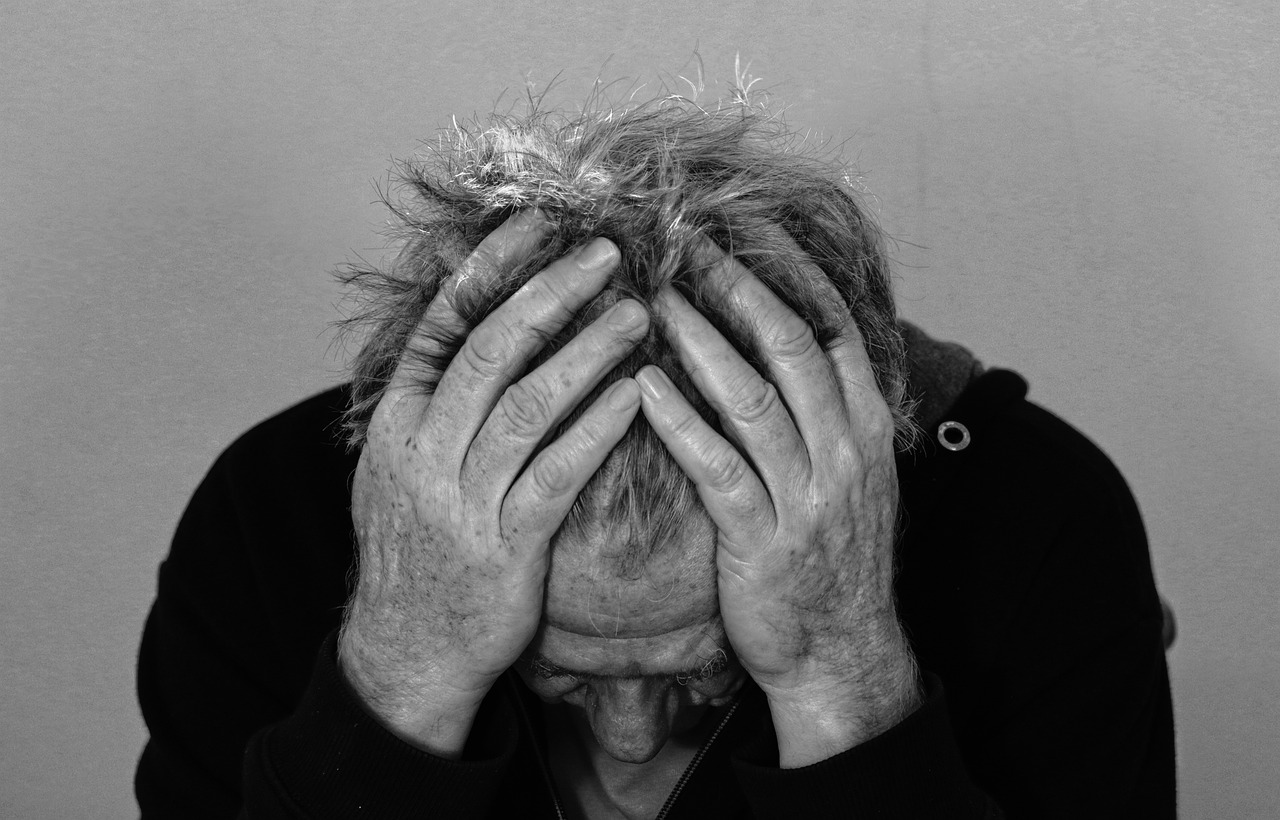
5. Difficulty finding a comfortable position : One of the most frustrating symptoms of a herniated or bulging disc is that the pain makes it difficult to find a comfortable position. Sitting, standing, or lying down can become increasingly uncomfortable due to the pressure on the discs and nerves.
6. Pain that worsens with certain activities : Certain movements, such as walking, bending over, sneezing, or coughing, can exacerbate the pain associated with a herniated disc. The additional pressure placed on the spine can cause the disc to push further into the nerve, resulting in increased discomfort.
7. Pain that disrupts sleep : Because the discs are under increased pressure when lying down, the pain from a herniated or bulging disc may make it difficult to sleep. Many individuals with disc problems find that the pain becomes more intense at night, preventing them from getting restful sleep.
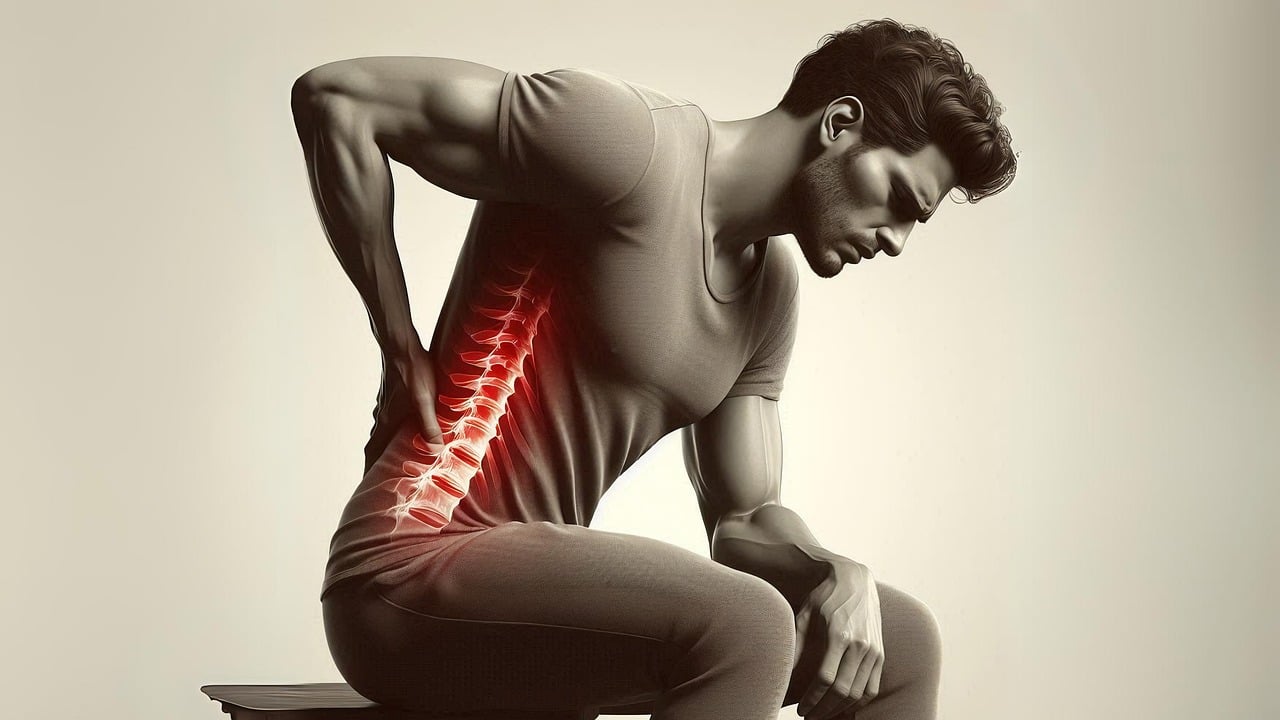
8. Pain during daily activities : Everyday activities such as walking, bending, or even going to the bathroom can trigger or worsen pain. The irritation caused by the bulging or herniated disc can make even simple tasks feel challenging.
Treatment Options for Disc Herniation and Bulging Discs
If you suspect you have a herniated or bulging disc, it’s important to seek medical attention to confirm the diagnosis and discuss treatment options. Depending on the severity of the symptoms, treatments may include:
Physical therapy : A skilled physical therapist can guide you through exercises to strengthen the muscles surrounding the spine, improving support and relieving pressure on the affected disc.
Chiropractic care : Chiropractic adjustments can help alleviate pain and discomfort associated with a herniated or bulging disc by improving spinal alignment and reducing nerve pressure.
Medications : Over-the-counter pain relievers, such as ibuprofen or acetaminophen, can help manage mild to moderate pain.
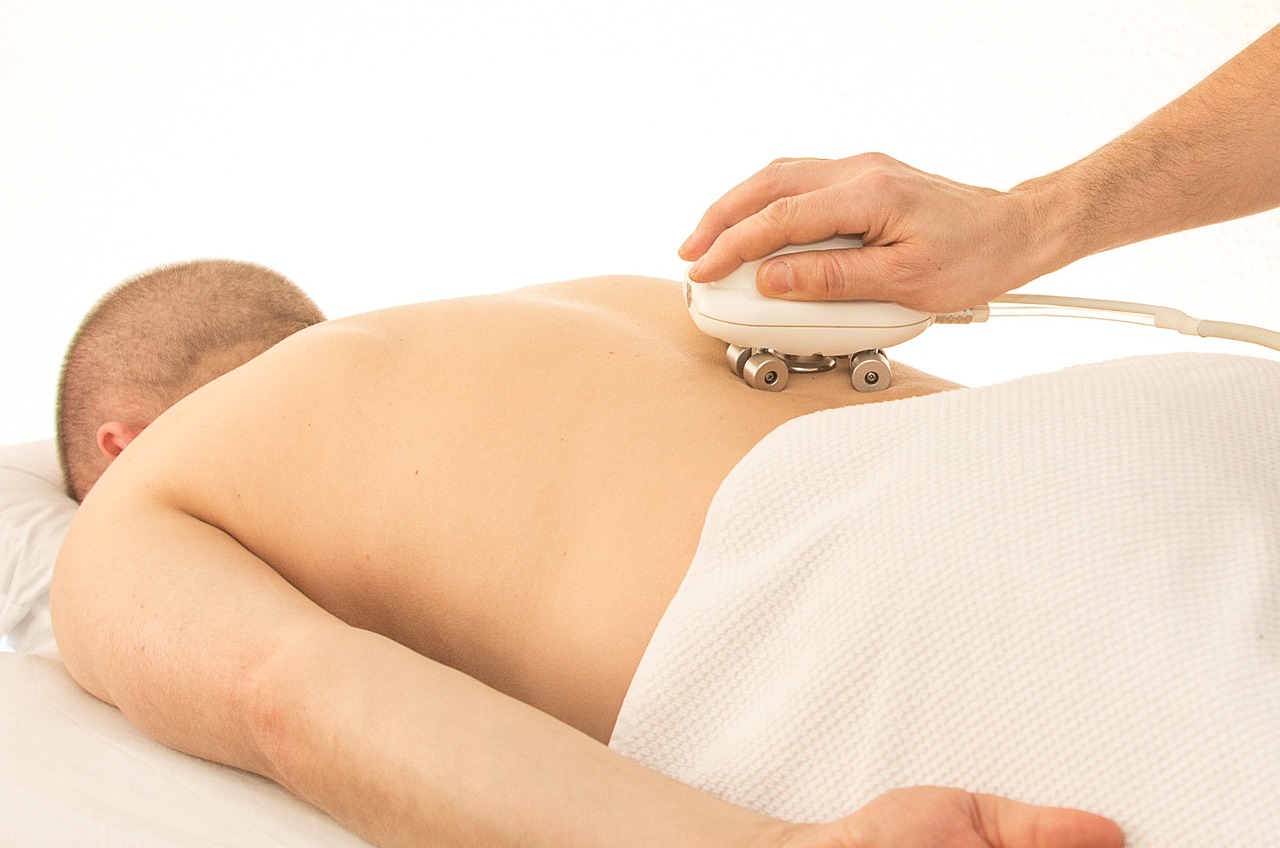
In some cases, prescription medications may be needed for more severe pain.
Epidural steroid injections : For more significant inflammation and pain, an epidural steroid injection may provide relief by reducing inflammation around the affected nerves.
Surgery : In rare cases where conservative treatments fail to provide relief, surgery may be considered. A discectomy or laminectomy can remove part of the disc or relieve pressure on the nerve roots.
Conclusion
Disc herniation and disc bulge are common conditions that can cause significant pain and discomfort. While these issues can result in chronic symptoms, with the right treatment plan—ranging from physical therapy to chiropractic care—you can alleviate pain and manage the condition. If you are experiencing symptoms such as persistent back or neck pain, numbness, tingling, or muscle weakness, it’s essential to seek professional advice for an accurate diagnosis and personalized treatment plan.
At Achieve Spinal Health , we specialize in treating disc-related problems and offer a range of services to help you manage your pain and restore mobility.
Contact us today on 020 7101 4503 or email: info@achievespinalhealth.co.uk to book a consultation with an experienced Disc herniation Chiropractor or Osteomyologist in Kingston.
Don’t delay—taking action now could prevent further complications and help you regain a pain-free lifestyle.
 Add Row
Add Row  Add
Add 

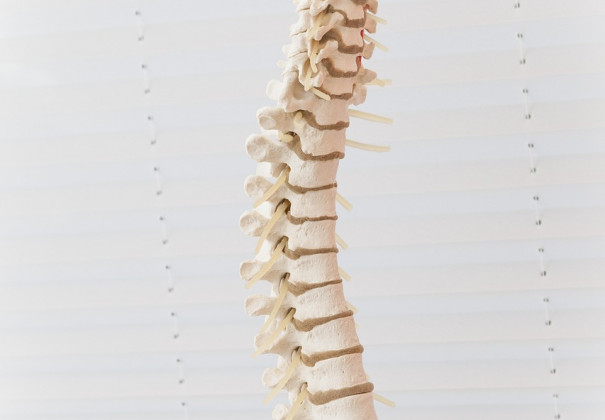


Write A Comment